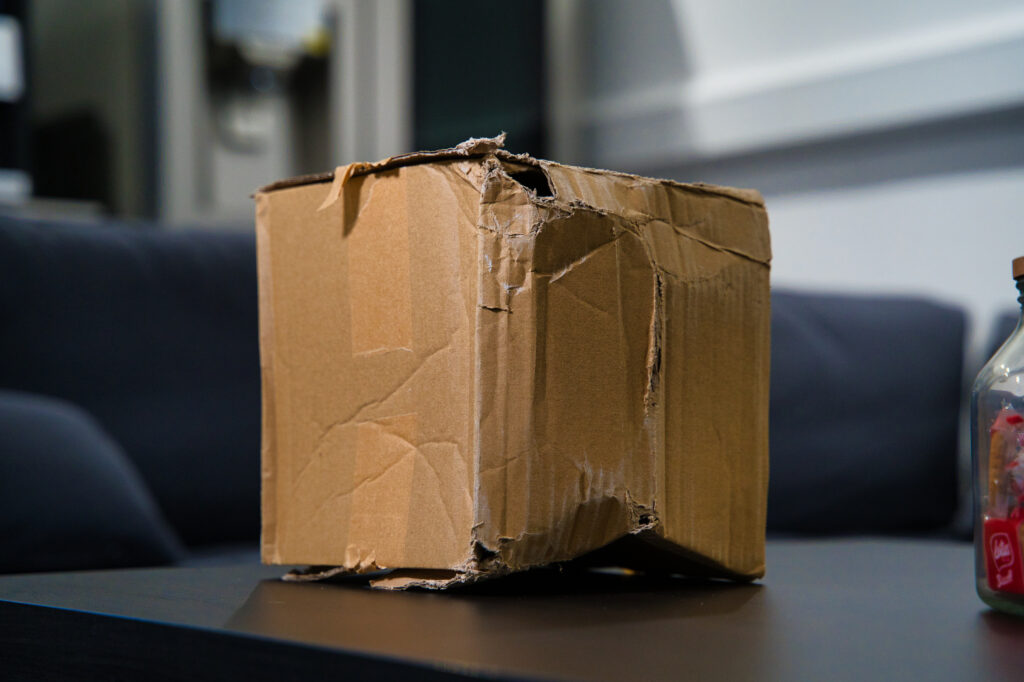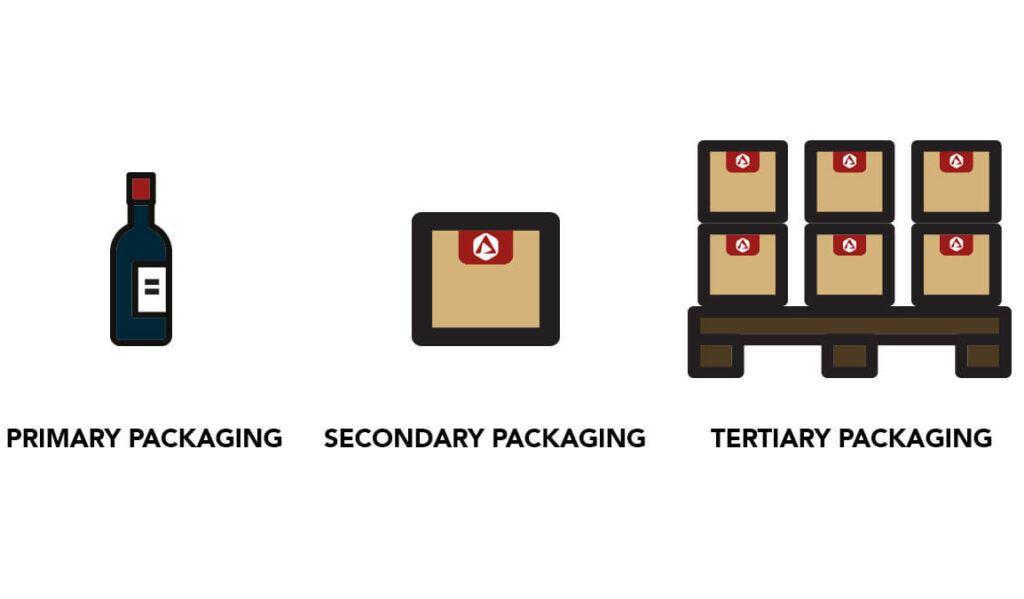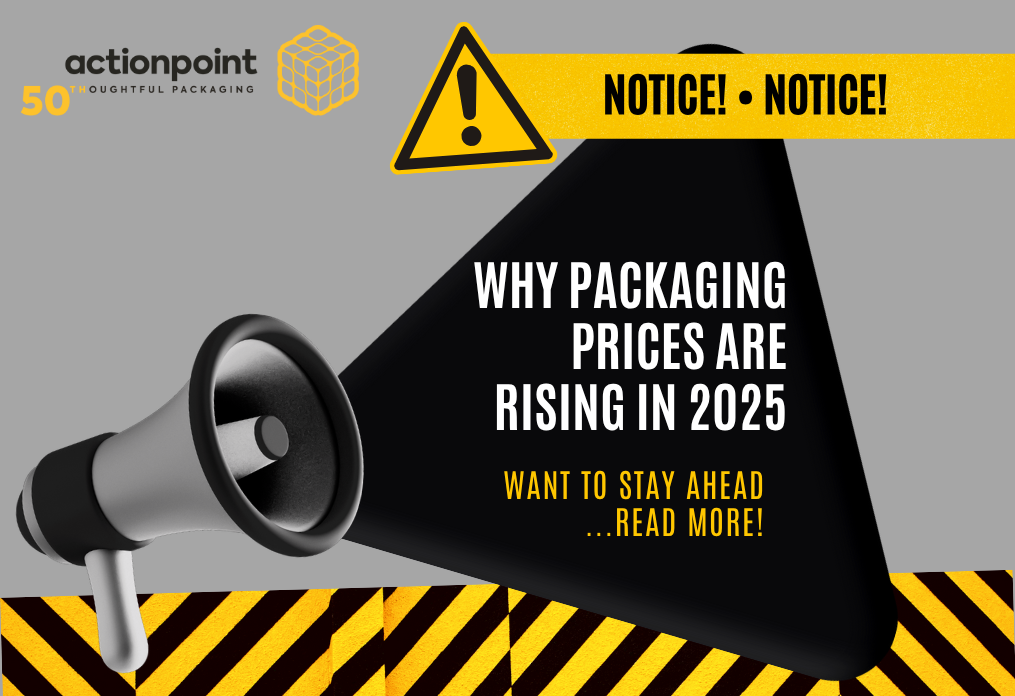It must feel like Groundhog Day for businesses as, once again, the price of corrugated cardboard has gone up. In September, and for the third time this year, paper mills issued a cost increase that has had a knock-on effect in the supply chain. If you’re frustrated at this news, you’re not the only one. Previous price hikes were inevitable in the face of global pandemic, energy crisis, and war. Now that years have passed, it’s not unreasonable to question what is behind the latest round of increases – and what your company can do about it.
Why have prices gone up?
The short answer is that paper mills are charging more for their product. We have seen price rises of £30 per tonne of paper in one month and £50 per tonne the next. As a result, every manufacturer has upped their prices to pass on some, if not all, of the cost. Since May/June this year, corrugated has become more and more expensive, with some manufacturers implementing 2 or 3 separate price increases, and others doing it all in one go.
For a more in-depth answer to the question, let’s take a look at the 4 main factors influencing the rising cost.
- European market
The UK corrugated market continues to follow what happens in Europe, as this is where most of its paper and raw materials are sourced. Demand for corrugated in the EU has grown significantly in recent months, outstripping supply and pushing up the price of paper. As is usually the case, after a month or two these increases filtered through to our shores.
- Seasonal demand
Q4 is the busiest time of year for most organisations, and so they place large packaging orders early to beat the rush. Typically, demand for corrugated cardboard ramps up in late September/early October and continues to pick up speed as we hurtle towards Christmas. This creates a snowball effect where paper mills and, especially, manufacturers can’t keep up with the sudden rise in demand, and so lead times get longer.
This year, however, was different. Orders for Q4 started flooding in from August/September, coinciding with the summer holiday season. Lots of people are on annual leave in August, including those working in the paper mills. It was the worst timing: an unexpected surge in demand while there were fewer staff and resources. As a result, availability was squeezed, prices were pushed up, and lead times doubled. Packaging orders that would usually take 1 week to be delivered became a 2-week wait, and a typical 3-week lead time stretched to 5 or 6.
- Aftermath of global shocks
A succession of crises left its mark: Covid-19, Russia’s invasion of Ukraine, skyrocketing energy prices, cost-of-living crisis, and rampant inflation. The pandemic pushed corrugated demand and prices through the roof when availability was scarce, and production costs were stratospheric. Not all paper mills could cope with the eye-watering financial burden, and several were forced to close; some for a few weeks, others shut their doors for good.
Eventually, the pendulum had to swing the other way. Fast-forward to 2023 and early 2024, and paper prices were falling – before abruptly bouncing back up again. This seesaw effect is likely due to the mills trying to work out how to achieve a profitable level for their businesses. After all the seismic ups and downs, they are finding the balance that will allow them to stay operational. It’s not an easy recovery, as energy prices are still higher than pre-pandemic levels, and labour costs have also climbed.
- Environmental regulations
Increasingly, companies are taking action to reduce their packaging’s eco impact. Not only to be more responsible and appeal to consumers but also to comply with regulations such as the UK’s Plastic Packaging Tax and Extended Producer Responsibility, and Europe’s Packaging and Packaging Waste Regulation. Along with reducing packaging volumes and waste, the new laws promote materials that are recyclable and penalise non-recyclable ones by charging higher fees. Durable, presentable, efficient, and easy to recycle, corrugated cardboard is a popular choice. As more organisations make the switch to this material, it creates even more demand.
What can companies do?
Much of the background to this situation is beyond your control, but there are several steps you can take to protect your business.
- Plan your requirement
We are well into Q4 and, if you haven’t already, make sure you consider your packaging requirements and get your orders in for the festive season. Be mindful December is a short month, putting pressure on an already volatile market. Act fast to avoid or mitigate any issues or delays and secure your delivery dates.
- Review packaging design
Talk to your packaging supplier for advice on how to reduce costs and offset any price rises you are experiencing. They will give you options such as modifying the packaging design, changing board grades, and swapping materials. An expert can help you find the most efficient and economical packaging solution without sacrificing quality.
- Optimise your processes
Hidden costs are scattered throughout organisations, yet easy to rectify with little effort. Evaluate your packaging processes, including packing, storage, postage, and transportation, to identify inefficiencies that are eating into your profits. Ask your packaging supplier about a packaging review to help you streamline operations, reduce needless expense, and compensate for higher material costs.
- Consider bulk buying
Buying packaging in bulk is a surefire way to get a better deal or to lock in rates before the next round of price increases. If you have storage to spare, purchasing larger quantities of packaging could be the ideal solution to get you through the peak season and make significant savings.
- Arrange a stockholding agreement
Stockholding gives you all the advantages of bulk-buying without losing warehouse space. Your supplier stores your packaging for you and delivers on demand. As well as having packaging available whenever you need it, you get stable pricing, and flexibility to take you through the peaks and troughs. Consider a stockholding agreement and this will give you a buffer for a worry-free Q4, so you can start the New Year on a more confident footing.
Will prices continue to rise this year?
There’s uncertainty in the industry so it’s hard to predict what’s going to happen next. Originally more price rises were anticipated this month, potentially into double digits, but the manufacturers have since retracted them. This could be a sign that the paper mills are experiencing pushback against their pricing.
So, why would mills be challenged now for increasing costs? Previously, the necessity was clear to see, prices were spiraling everywhere. Looking to the immediate future, it’s not so obvious. The corrugated market is static, not in growth or decline, and without buoyancy it’s not in a position to cater to price increases. Added to this, the paper mills are starting to reduce their backlog, and manufacturers are putting on extra shifts to speed things along.
That’s not to say for sure that prices will be stable for the rest of the quarter. It is possible that more hikes will be pushed into November, although it would cause problems throughout the supply chain. Hopefully, this will be avoided, but Actionpoint will stay alert to any changes to keep customers ahead of the curve.
It’s a challenging time and packaging is a continually evolving industry. Take advantage of our team’s insight and experience to guide you on your bespoke packaging journey. Contact us, and together we can help you to prepare, adapt, and be in the best position to thrive, come what may.




